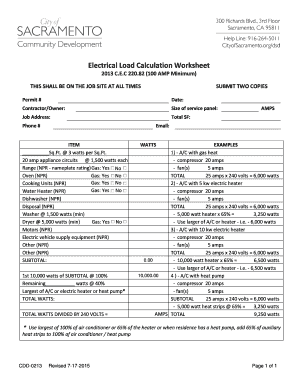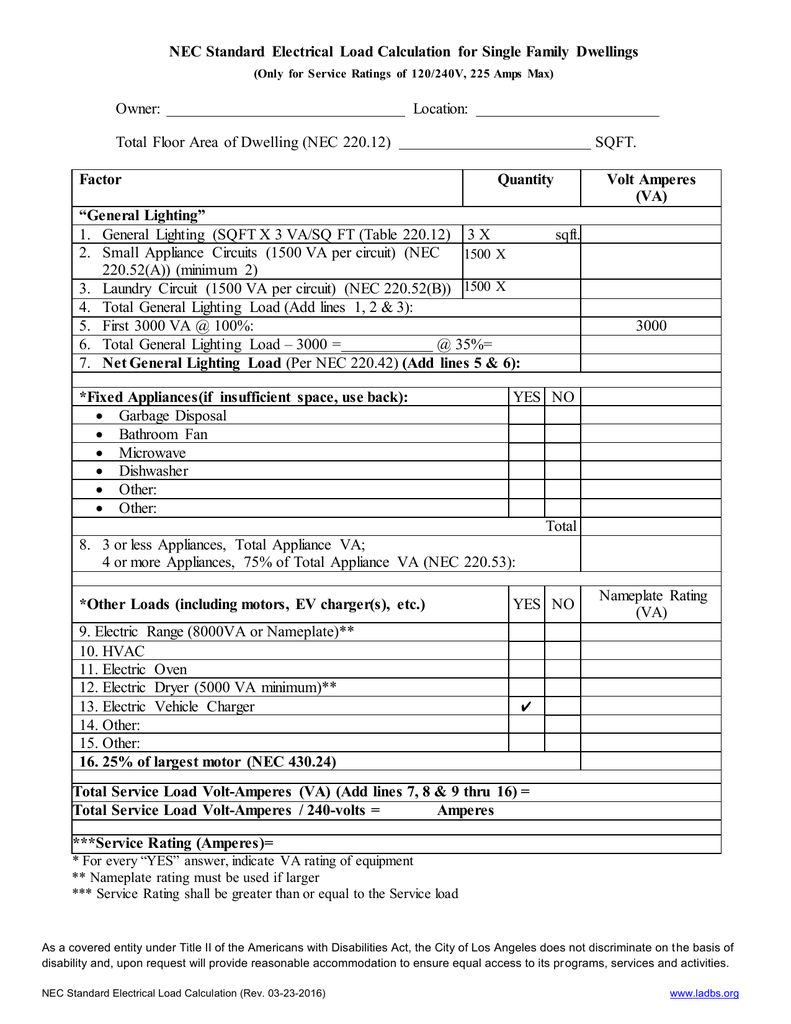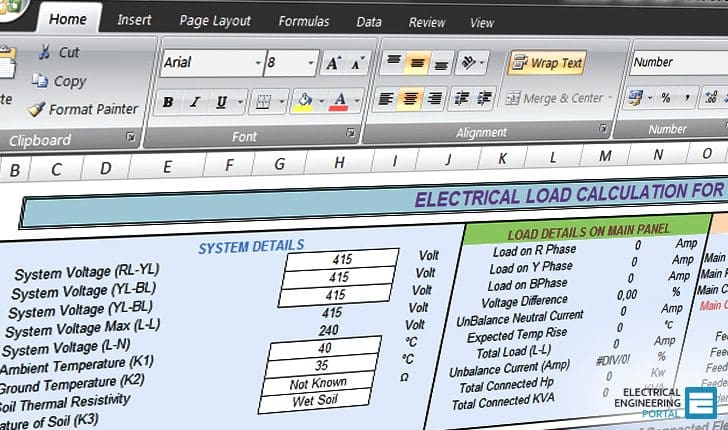


Always read the specifications and manufacturer's labeling information carefully to know what you're working with. Although most terminals are now rated 75✬, be careful of assumptions -some equipment is still rated 60✬. Section 110.14(C)(1)(a) states that terminals are rated 60✬ for equipment rated 100A or less, unless marked 75✬. The allowable ampacities listed in Table 310.16 are affected by conductor insulation, ambient temperature, and conductor bundling ( Fig. The ampacity of a conductor is the rating (in amperes) that a conductor can carry continuously without exceeding its insulation temperature rating. On the other hand, it's necessary to consider a load as "continuous duty." Conductor ampacity When doing commercial load calculations, you have to know when the Code allows the application of a demand factor and when. The NEC also provides specific requirements for calculating the loads for restaurant equipment, show-window lighting, sign lighting, multi-outlet assemblies, and electric welders. Some other locations with their own special requirements include marinas and mobile home parks.


When determining conductor ampacity, remember the allowable ampacities listed in Table 310.16 are affected by conductor insulation, ambient temperature, and conductor bundling.Ĭommon commercial occupancies include banks, stores, restaurants, and office buildings. Other Articles may provide a more in-depth snapshot of the requirements for particular equipment or applications, such as the specific requirements for motor circuits found in Art. For instance, Chapter 3 of the NEC provides information on the wiring methods used. 220, other rules affecting these loads are scattered throughout the Code. Different sets of demand factors apply for different types of electrical loads - and even for different types of commercial buildings.Īlthough most of the requirements for service and feeder commercial load calculations are found in Art. For this reason, we apply demand factors when calculating service and feeder loads. In addition, there are often two different types of electrical loads on the same service or feeder that will not be brought into service simultaneously by their very nature, such as heating and air conditioning. In other words, while some types of equipment and electrical loads are in use for extended periods, others are only used occasionally or for short periods of time. The electrical load requirements for commercial installations result in a great deal of diversity in usage.


 0 kommentar(er)
0 kommentar(er)
